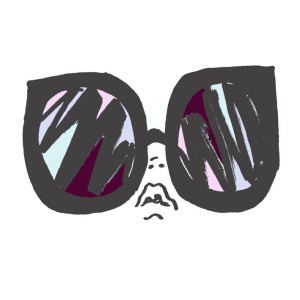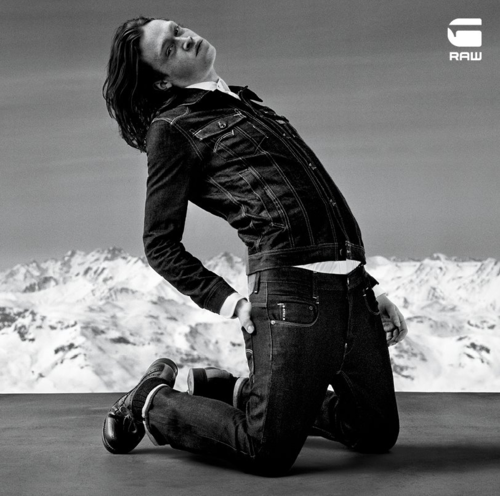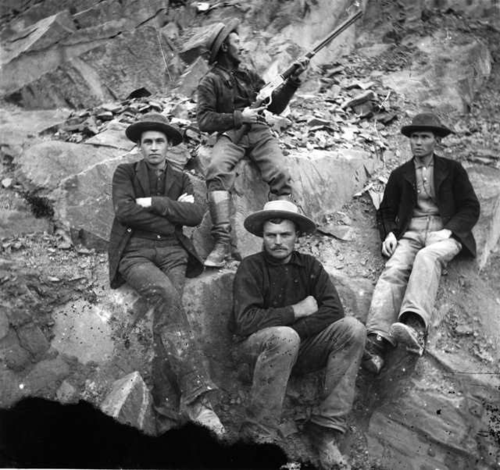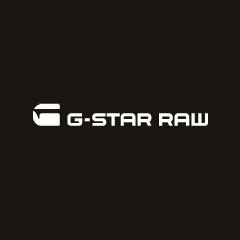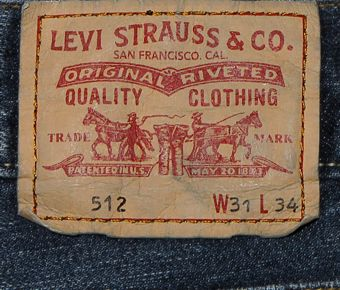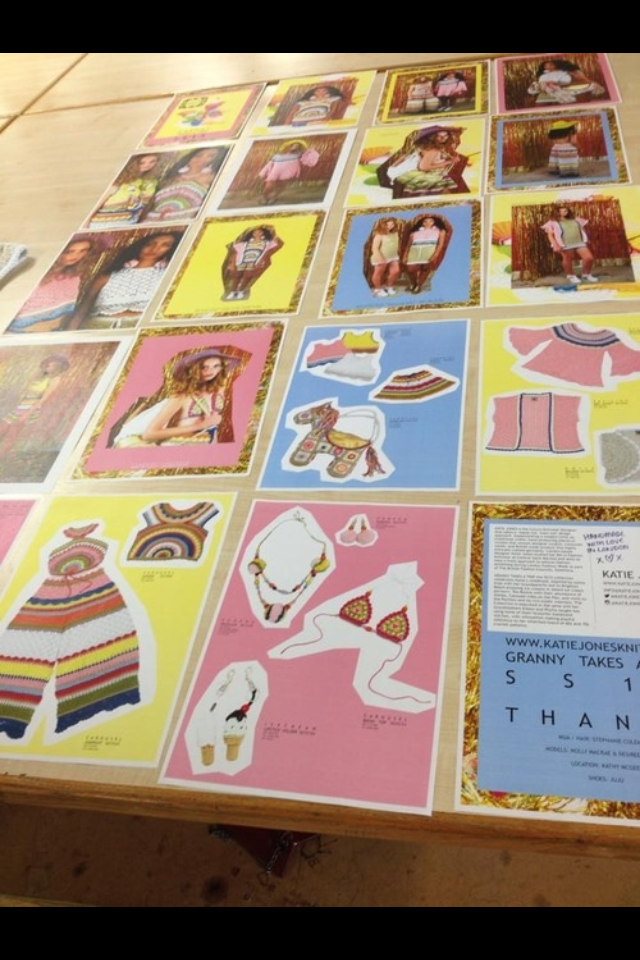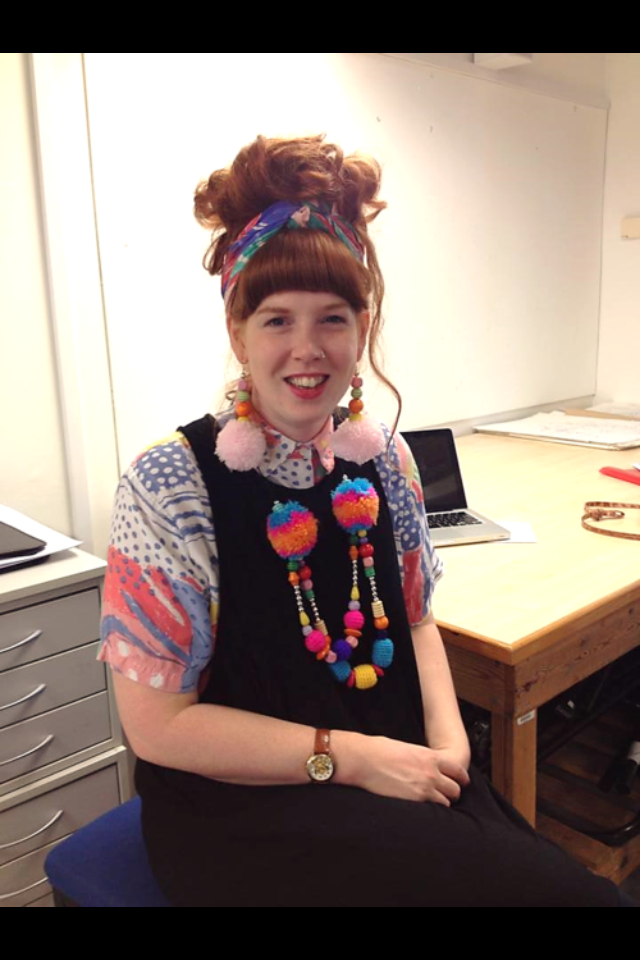
When walking down Rue Saint-Honoré, in Paris, you would not necessarily notice Colette by the building Its set within; unlike with many of Paris’ famous department stores. Colette instead, is rather noticeable by both the cluster of excited people hanging around outside of it as well as inside of it; and perhaps with a few high end Parisians snickering at both these excitable tourists and fashion students eager to investigate.
Before visiting Paris however, I had imagined Colette to be a much larger store than it actually turned out to be. To be honest, I did not know what to really expect as I had never been to Paris before, although from my experience of department stores in England as well as a few other countries, I was not expecting one like this.

Nonetheless, its seemingly limited space, I found added to its quirky, uniqueness and I felt keen to explore.
As soon as I walked through the doors, the smell of coconut took me to a place of sand, sea and sun. This was maximised by the calm yet eccentric and upbeat music playing, which also reminded me of summertime and youth. The whole ambiance created within the first entrance of this store brings people immediately back to their youth, and with the simplistic white walls and glass fixtures; the bright energetic colours from the knickknack products displayed are made centre of attention. Books, magazines, hats and accessories at the front of the store are conveniently displayed there so that tourists are able and can afford to purchase something to feel a part of Colette.

The store showcased select items, alike with the male clothing rails on this entrance floor which adds the feeling of desire to purchase something from this famous and one of a kind store.
One thing however, I did find slightly bizarre, was when there seemed to be quite a large queue of people, queuing down the stairs to the lower floor. Although I then found out that there was a restaurant on the lower floor, which made the place seem more like a department store, however still feeling fairly cramped and overcrowded. The queue, in my perspective, made the store feel more exclusive and desirable.

Eventually on my way upstairs, I was surprised to find that people were unable to take items around to other floors, as a friend was stopped by one of the assistants whom said he could keep it back for him until he returns to the floor. This to me, made what I thought a youthful, and energetic place slightly more sour and restrictive. I began to think to myself; Is Colette a youthful, up beat store with parental control and supervision?! If so, then it’s not working well for their customer service skills.

The music continued from this floor up to the third floor, which kept the place up beat compared to the service, I particularly admired the layout and the way in which designer collections were displayed in rows on white mannequins. I enjoyed looking closely at the amazing detailing in the clothes as well as working out the designers inspirations. We were able to take photos however, we were told (yet again by the shop assistants) not to take photos of detail and close up, which again was quite uncomfortable. But fortunately the clothing shone through, acting more like an exhibition for designers rather than a department store. From Givenchy, to Mary Katrantzou, I was fascinated by the fabric usage, silhouettes, shapes and techniques used in these garments and collections.

The one item per garment on the rails made like a flip book of clothing which made it quicker to absorb the styles and elements on more garments than looking through garments in a high street store.

Colette, in comparison to the Moschino store in Paris, produced a very different experience, as with the amazing service we had in this designer store instead. The assistants in Moschino were eager to help and provide information for us as soon as we entered the store, which was similarly set up to Colette, but with more bold and energetic colours of the Moschino collections. Admittedly, the store however to me, did not create the same ambience, as there seemed to be no music and we were almost the only customers there at that time (which may have been why we had such good service) although I did feel much more welcomed within this store.
Despite the service within Colette, by it being more of a small museum of a department store, the products were the main attraction and by having such strong, developed branding, people all around the world want to become a part of it.
